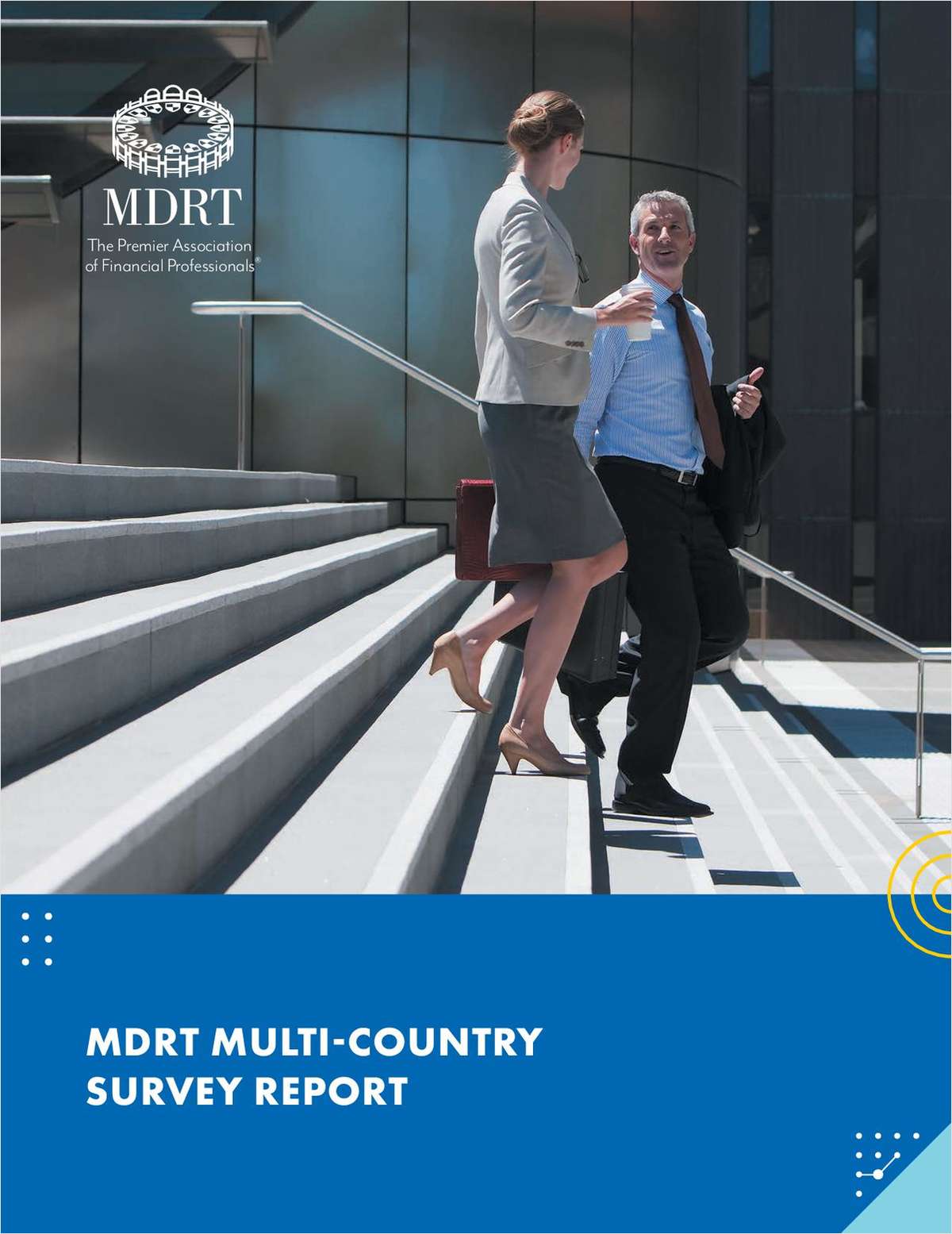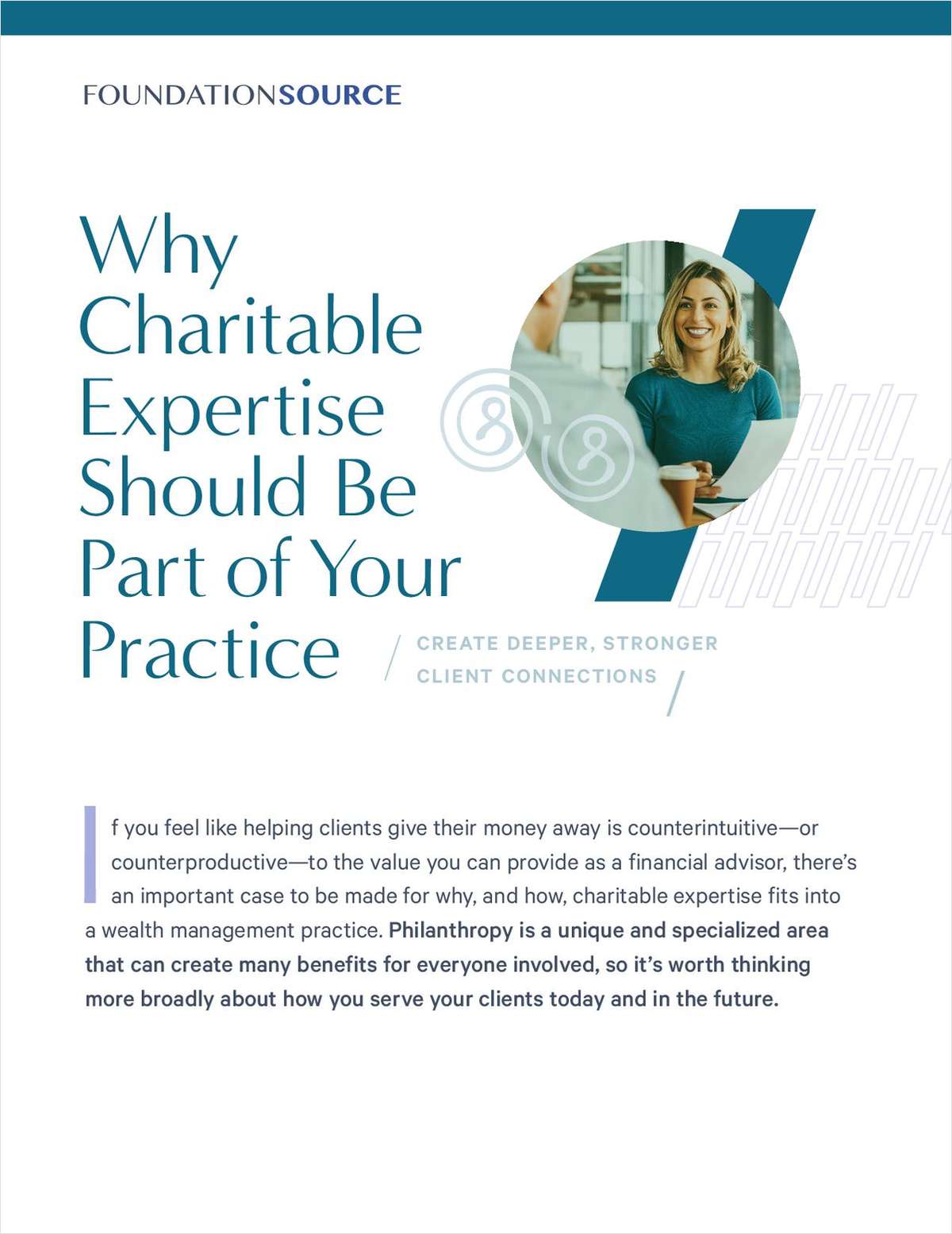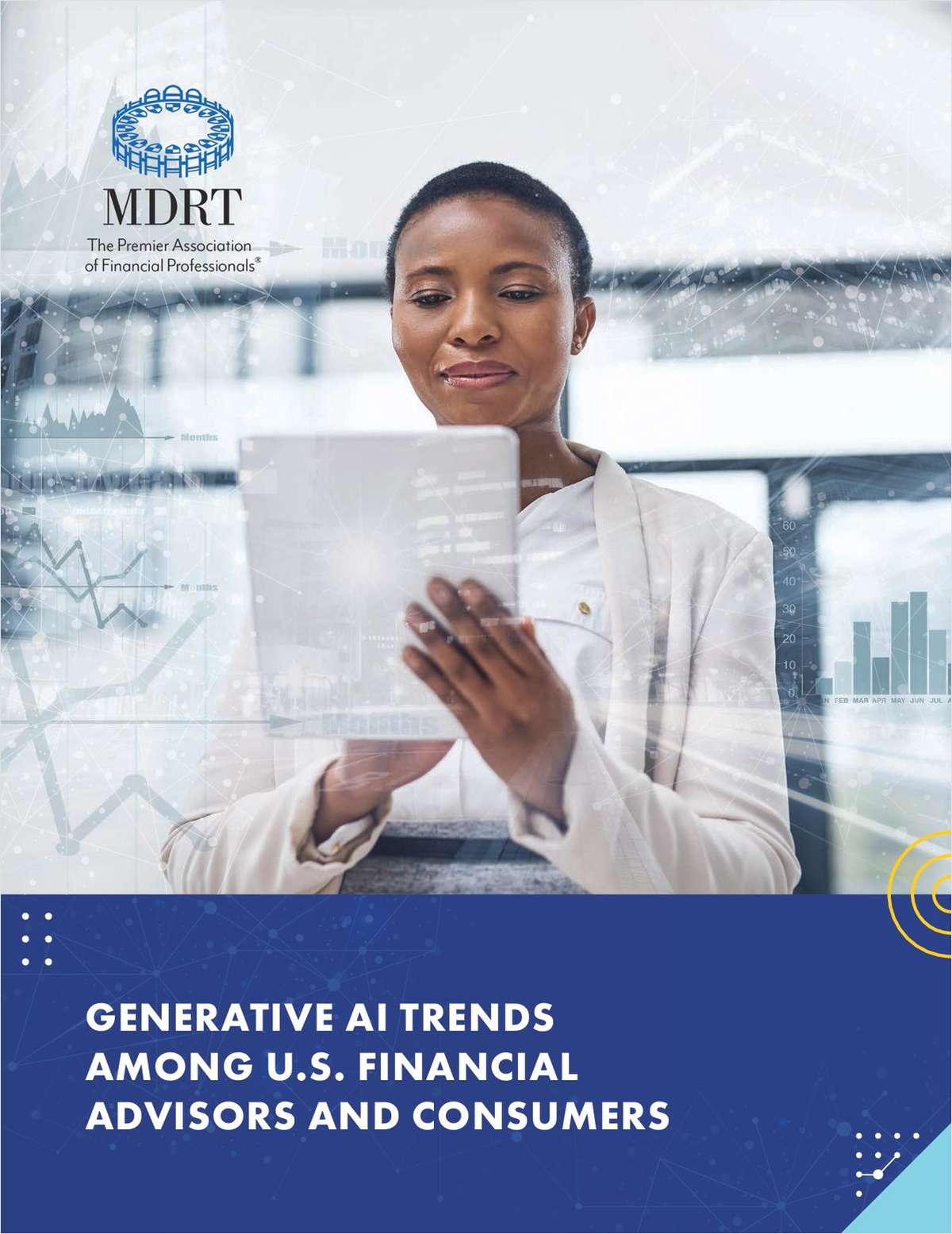
2023 is halfway over, which means that we're reaching a point in the year where many taxpayers are evaluating their required minimum distribution obligations. Taxpayers who have yet to take their 2023 RMD may wish to explore the qualified charitable distribution option as a way to minimize tax liability.
While QCDs have been around for years, the Setting Every Community Up for Retirement Enhancement (Secure) 2.0 Act made significant changes that could make the QCD option much more attractive to some clients. Under Secure 2.0, taxpayers can actually use the QCD to satisfy their annual RMD obligation while simultaneously creating a stream of income for retirement for years to come.
QCDs: The Basics
Under the rules governing QCDs, charitably minded clients can direct up to $100,000 in IRA funds per year to charity. The $100,000 donation is not included in the taxpayer's income and, if conditions are satisfied, the donation counts toward the taxpayer's annual RMD. The $100,000 cap is a per-person cap, so married taxpayers can direct up to $200,000 to charity each year so long as each spouse has their own IRA.
If a client is over age 70.5, a transfer made directly (via a trustee-to-trustee transfer) from the client's IRA to a qualified charity — generally, 501(c)(3) organizations, but not donor-advised funds or foundations — will count toward the client's RMD and is entirely nontaxable, thus also allowing the taxpayer to reduce their taxable income for the year. Beneficiaries of inherited IRAs over age 70.5 are also permitted to make QCDs, so long as the beneficiary also meets all other basic requirements for the transaction.
QCDs can only be made from a traditional IRA or an inherited IRA. Tax-preferred accounts such as 401(k)s, SIMPLE IRAs, SEP IRAs and Roth IRAs generally do not qualify, although QCDs can be made from SEP IRAs and SIMPLE IRAs that are not ongoing. To be ongoing, an employer must have made a contribution to the SEP or SIMPLE IRA for the plan year when the contribution would be made.
While the current required beginning date for RMDs is age 73, taxpayers remain eligible to execute a QCD starting at age 70.5. High-net-worth taxpayers who don't anticipate a need for their IRA funds and have yet to reach their RBD may consider executing a QCD earlier to reduce their overall IRA balance — and thus reduce their future RMD obligations.
Secure 2.0 Act Changes the Game for QCDs in 2023
First, the Secure 2.0 Act provides that the $100,000 limit on QCDs will be indexed for inflation in future tax years. That means taxpayers will be able to increase the amount of their charitable gifts and reduce their taxable income by a larger amount each year.



